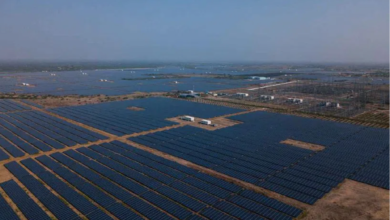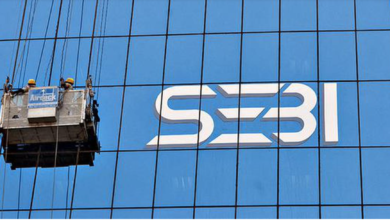‘Shopping mall spending returning to pre-Covid levels in India’

Hyderabad: Hyderabad saw 7.2 million sqft of gross leasable area (GLA) in malls during January to June this year. This is about 7.7% of the country’s (top eight Indian cities) total mall stock of 92.9 million sqft. About 3.9 million sqft (52%) of Hyderabad’s mall space is classified as Grade A, the highest share of Grade A mall stock in the country, said a report ‘Think India, Think Retail 2022 – Reinventing Indian Shopping Malls’ launched by real estate consultancy Knight Frank India.
The share of Grade B and C malls in Hyderabad stood at 21% (1.57 million sq ft) and 27% (2.02 million sq ft) respectively, it said. Hyderabad stood fifth among eight cities in terms of gross leasable area.
Grade A malls contributed 39% of the total stock with 36 million sq ft in H1 2022 across the country .
High occupancy, strong tenant mix, good positioning and active mall management are the key driving factors here. Grade B mall stock, with decent occupancy and tenant mix, contributed 31% of the leasing with 29.1 mililon sq ft. Grade C malls contributed the lowest 30% (nearly 27.8 million sq ft) during the same period. High vacancy rates, poor tenant mix, and relatively poor mall management impacted the contribution by Grade C malls.
Of the total number of 271 operational malls in India, there are 52 Grade A malls, accounting to 19%. Grade B and C account for 35% (94 malls) and 46% (125 malls) respectively.
“The retail real estate sector has reached a new level of maturity where smaller sized and lower grade developments are giving way to Grade A malls. The existing Grade A malls have over 95% occupancy which is indicative of the demand for quality real estate in this segment. Given that retail malls are experiential, more of the future developments will want to create destinations,” said Shishir Baijal, Chairman and Managing Director at Knight Frank India.
As per the report, during 2017-2022, sales volume in the organised retail sector grew at a CAGR of 24% reaching $52 billion (Rs 4.11 lakh crore) across the eight cities in India. During 2023–2028, the organised retail sales volume is projected to grow at a CAGR of 17% reaching $136 billion (Rs 10.7 lakh crore).
During 2017–2022, consumption in shopping malls across the top 8 cities in India grew at a CAGR of 3% and stood at $ 8 billion (Rs 63,280 crore) 2021-22. In 2022-23, the potential consumption is estimated to cross the pre COVID-19 levels reaching $ 11 billion (Rs 87,010 crore). The consumption is forecasted to grow at a CAGR of 29% in during 2022–28 and is estimated to be at $39 billon in 2027-28.
Ghost malls
Malls with a vacancy of more than 40% are referred to as ‘ghost malls’. As many as 21% or 57 malls across eight cities in India are currently in different 20 stages of dilapidation. These 57 malls comprise nearly 8.4 million sqft in gross leasable space. All attempts to breathe life into these assets and attract a good retailer mix and footfalls have been unsuccessful. While in some cases, termination notices have been served to shut down large format stores which comprised an entire mall. In other cases, discontinuation of operations, demolition of shops inside the mall premises and auctioning of the mall property due to non-payment of dues to the local mall authority are also underway, it said.
Lack of due diligence, size and ownership patterns, design issues, faulty layout with dark alleys, lack of customer walk flow management, low occupancy and lack of anchor tenants are the main reasons for the ghost malls. Renovation and repurposing is a way to cut losses, it said







